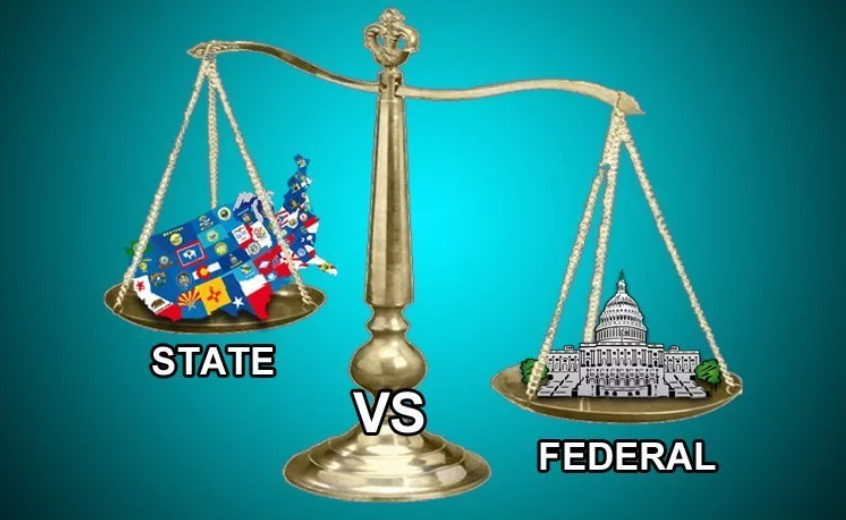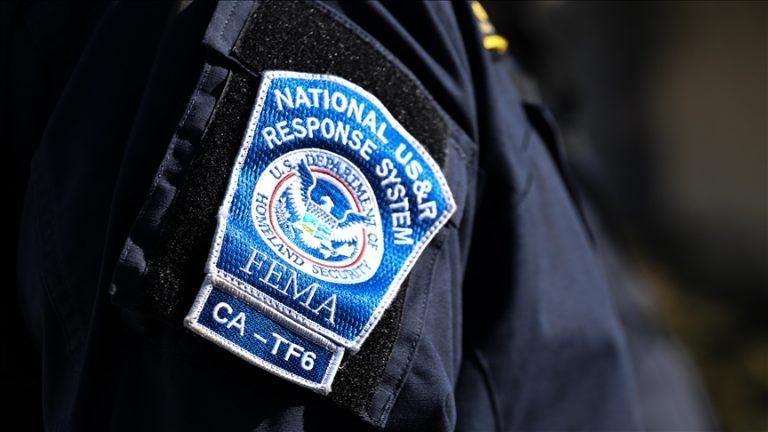
federal vs state powers us
Difference between Federal vs State Powers US
If you’re trying to understand federal vs state powers us, this guide explains the constitutional framework, common types of powers, how and when federal law overrides state law, and what it means for everyday life. The U.S. system balances a national government with 50 state governments — a model called federalism — and that balance is shaped by the Constitution, statutes, and court decisions.
Constitutional foundations: Supremacy Clause and the Tenth Amendment
Two parts of the Constitution are central when comparing federal vs state powers us:
- Supremacy Clause (Article VI): Federal law made pursuant to the Constitution is the “supreme Law of the Land,” meaning valid federal statutes and treaties take priority over conflicting state laws. The Supremacy Clause is the legal basis for federal preemption of state law. (Legal Information Institute)
- Tenth Amendment: The Tenth Amendment reserves to the states (or the people) those powers not delegated to the federal government. This amendment is the constitutional anchor for state sovereignty and explains why many everyday services — like education and local policing — are primarily managed at the state or local level. (Legal Information Institute)
Together, these provisions create the tension that defines federal vs state powers us: federal authorities can act only within the powers the Constitution grants them, while states retain broad authority over matters not delegated to the federal government.
Types of powers: enumerated, reserved, and concurrent
When discussing federal vs state powers us, it helps to categorize powers:
- Enumerated (federal) powers: The Constitution explicitly gives certain powers to Congress (e.g., regulate interstate commerce, coin money, declare war, raise armies). These are sometimes broadened by judicial interpretation (for example, Commerce Clause cases). (Legal Information Institute)
- Reserved (state) powers: Under the Tenth Amendment, powers not listed for the federal government are generally left to states. Typical state functions include running public schools, licensing professionals, property and family law, and organizing local governments. (Legal Information Institute)
- Concurrent powers: Some powers are shared. Both federal and state governments can tax, build roads, borrow money, and maintain courts. When both governments legislate in the same area, conflict rules (like preemption) determine which law controls. (Fiveable)
Federal preemption: when federal law overrides state law
A core concept for federal vs state powers us is preemption: when federal law conflicts with state law, federal law generally displaces the state law under the Supremacy Clause. Preemption can be:
- Express — Congress includes language in a statute saying it preempts state law.
- Implied — Even without explicit language, federal law may preempt state rules if conflict is unavoidable or if federal regulation occupies a field comprehensively. (Congress)
Examples of strong preemption include federal regulatory schemes like ERISA (employee benefits) where Congress expressly limited state law interference. Other recent cases — such as disputes over federal emergency medical statutes vs. state abortion restrictions — show how preemption questions can return to the Supreme Court and have immediate real-world effects. (Congress)
How conflicts are resolved: courts and political process
When state and federal laws collide, courts — ultimately the U.S. Supreme Court — interpret the Constitution and decide whether federal law preempts state law. The Court’s decisions over time have shifted the balance between federal reach and state autonomy, sometimes expanding federal power (e.g., New Deal–era Commerce Clause cases) and sometimes protecting state authority. (Legal Information Institute)
Outside the courts, Congress can also craft statutes to either preempt or preserve state authority; states can push back with their own laws, and voters influence the balance through elections and state constitutions.
Practical implications for citizens and businesses
Understanding federal vs state powers us matters in everyday life:
- Business and regulation: Companies operating across state lines must comply with federal statutes and also with each state’s rules — but where state rules conflict and Congress has preempted the field, federal law controls. (Congress)
- Legal rights and services: Differences in state law affect everything from family law to consumer protections; residents should consult state agencies for local rules.
- Voting and policy: Many policy areas (education, policing, licensing) are primarily state responsibilities — so state and local elections strongly affect daily services.
Final takeaway
The question federal vs state powers us centers on a constitutional balancing act: the Supremacy Clause asserts federal primacy where the federal government acts within its constitutional authority, while the Tenth Amendment reserves broad authority for the states. Preemption doctrine, concurrent powers, and Supreme Court rulings shape how that balance plays out in practice. For specific legal questions, always consult official federal and state sources or legal counsel. For general primers, resources like the Legal Information Institute and Congressional Research Service offer reliable, plain-language explainers. (Legal Information Institute)
Follow TNN for more US NEWS TODAY!






